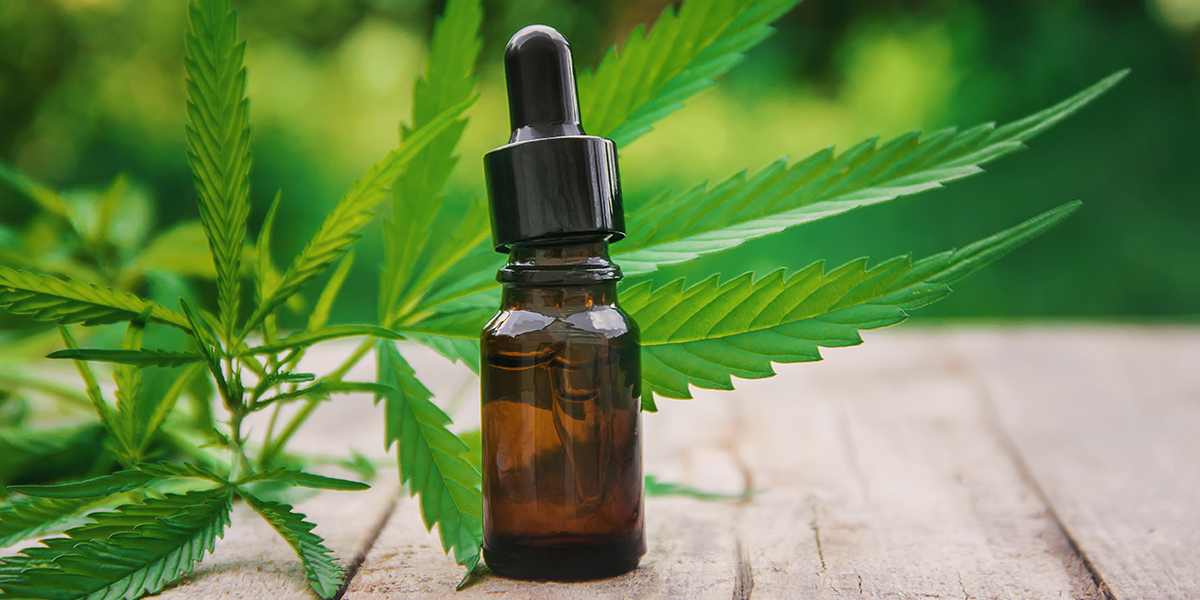
26 Feb CBD-Rich Tincture for Inflammation and Pain

According to Dr. Joseph Maroon, a professor at University of Pittsburgh Medical Center, CBD’s anti-inflammatory and analgesic properties can help with pain conditions that might otherwise be treated with OTC drugs. A 2018 review of studies on cannabis and neuropathic pain found that those taking cannabis medicines achieved 50% or greater pain relief compared with placebo.
Equipment:
- kitchen scale
- spice/coffee grinder
- measuring cups and spoons
- spatula
- double boiler and/or crockpot
- fine mesh strainer or cheesecloth
- one medium and several small glass jars for finished oil and topicals, preferably amber or other dark color for the smaller jars
Ingredients:
- 1/4 to 1/2 ounce CBD-rich cannabis flowers from cannabis (hemp or marijuana) either raw or decarboxylated—or—a one ounce bottle of full or broad spectrum CBD oil verified to contain 1500 milligrams CBD
- 1/4 ounce dried ginger
- 1/4 ounce turmeric powder
- 1/4 ounce dried boswellia
- 1/4 ounce dried white willow bark
- 1/2 teaspoon of ground black pepper
- 8 to 12 ounces of high-proof alcohol, like Everclear or pure grain alcohol—or—8 to 12 ounces of vegetable glycerine
Directions:
Preparation:
Grind the herbs. Place all plant matter, including the cannabis (raw or decarbed, see below), in a wide-mouth pint or quart jar. Add alcohol or glycerine, adding as necessary to completely cover the herbs as they absorb the liquid.
Extraction methods:
There are various ways to extract essential oil from cannabis and other herbs. We feel that the slow alcohol tincture method is the best choice, but other methods are also effective – and quicker – for making your CBD home remedy kit.
Slow alcohol tincture method (the best choice): Place jar in a dark, dry place and shake every 2-3 days, adding more alcohol if needed to cover the herbs. After 4-6 weeks, the tincture is finished (see finishing, below).
Fast alcohol tincture method: Heat a deep pot filled with water to 170°C. Place the cannabis/alcohol jar in the pot and allow to heat for 30 minutes to an hour, keeping the temperature stable. Remove from the pot and let cool for at least an hour (see finishing, below).
Glycerine tincture method: Place a washcloth or folded towel in the bottom of a crockpot and fill halfway with warm water. Put sealed jar of glycerine and herbs in the crock pot, place the lid on top if it still fits (otherwise drape a kitchen towel over it) and set to warm for 24 hours. Shake occasionally to disperse ingredients. Use a pot-holder to take the jar from the crockpot and allow to cool for at least an hour (see finishing, below).
Finishing:
Place a fine sieve or several layers of cheesecloth secured with a rubber band over a clean bowl and strain out plant material. With clean hands twist the cheesecloth and squeeze remaining liquid from the herbs. If more clarity is needed, cover and allow to settle overnight and then strain again through a coffee filter. Add cannabis extract, if using, and mix well. Use funnel to decant into small one-ounce or two-ounce bottles. Label, date and store in a cool, dark place. Alcohol-based tinctures can last for years. Vegetable glycerine tinctures last about a year and are best kept in the refrigerator when not in use.


Sorry, the comment form is closed at this time.